How To Hunt and Prepare Your Next Meal
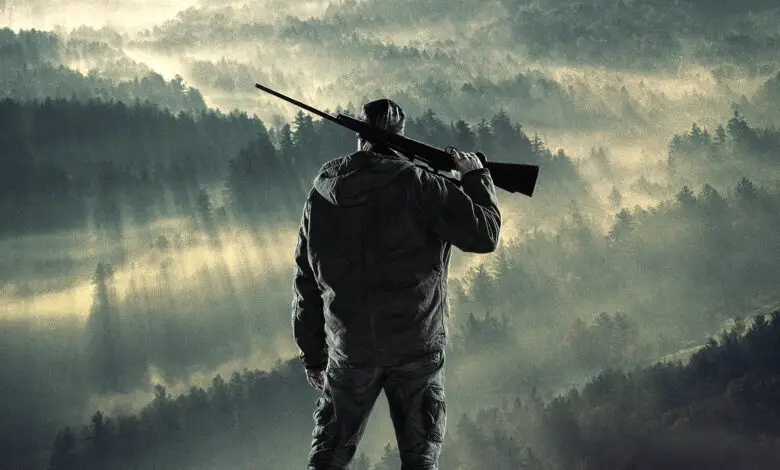
After trips to the range practicing with your rifle, the much-anticipated time of the year finally arrives, and you and your friends will head to the country in search of deer. If this is your first time to hunt and bring home a meal, here are a few things you should keep in mind before heading out.
Your Firearm
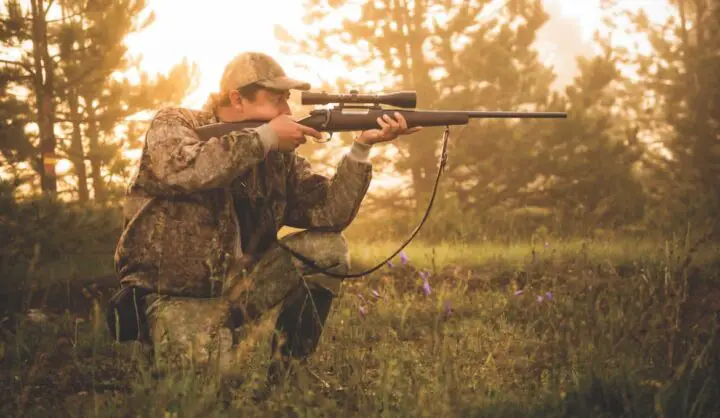
The day before you head out, break down your AR-15 one more time for a good cleaning. Make sure that all components are functioning in your upper receiver, click here to get your own upper receiver components. Remember to bore clean and oil the barrel and ensure all the active pieces in the lower receiver are clean and well-lubricated. The last thing you’ll want to happen on opening day is a jam.
License and Tags
There are, however, a few things you hopefully did in advance before deer hunting season begins. First, you will need to take care of a couple of administrative tasks before you head out. Ensure you’ve purchased the necessary hunting license and tags. Depending on where you live, you may be required to affix a tag on your prey immediately after the shot.
Stand Versus Still
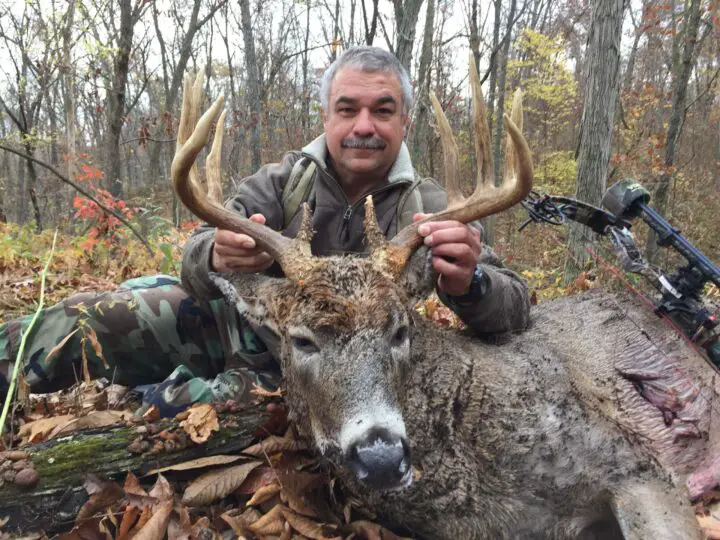
Depending on how you like to hunt, you may want to use a couple of tried-and-true methods. Stand hunting typically means you stay in one spot and wait for the deer to cross your path, typically in a blind on the ground or up in a tree.
Still-hunting is a misleading term. Yes, you’re standing still most of the time, but with still hunting, you are stalking the deer in its habitat. You take a few steps and then stand still until you manage to sneak up on your quarry. Still-hunting takes a tremendous amount of patience and skill because every action the hunter makes must be slow and calculated.
While a deer’s vision isn’t all that good, they sense motion better than most animals. To them, the bright orange vest and cap you are wearing appear charcoal grey to a deer. However, any quick movement will make them jump and run. Another thing to remember, regardless of whether you are still or stand hunting, is that deer have a highly acute sense of smell.
With still hunting, if you get close enough to bring down the deer, the last thing you need is for the deer to pick up your scent and bolt. There are several scent sprays on the market you may want to apply to your hunting jacket and pants that will help mask it.
The stand you build up in a tree can be as elaborate or simple as you wish to make it, but there are a few things you will want to make sure of before you skinny up to the platform.
Food Plots
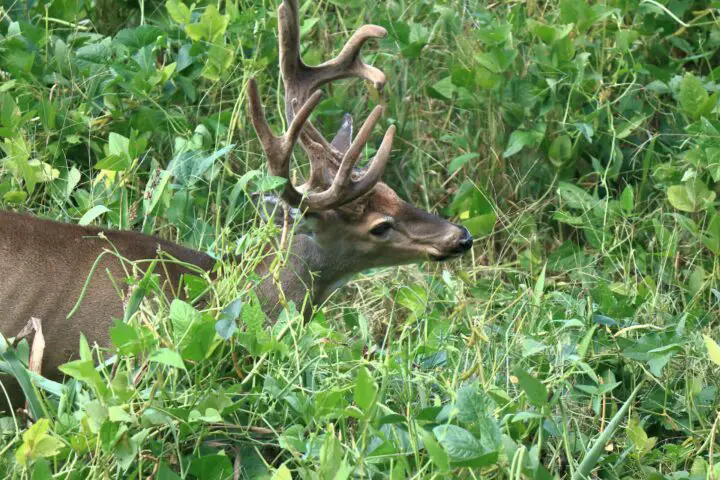
Most avid hunters will make a food plot close to the edge of the underbrush but far enough out in a field to allow an excellent target acquisition range of view. You should plant a food source that is a favored delicacy for deer and keep the plot well-tended. Also, bear in mind that the food source needs to be rare for the regional area. If there’s a soybean or cornfield a couple of miles away from your food plot and you’ve either planted corn or soybeans, you probably won’t see many deer visiting your setup.
Any Direction the Wind Blows
As mentioned earlier, a deer’s sense of smell is acute, and even if you use scent spray, they might get a whiff of you humans and shy away. When the wind blows across your field, what direction does it typically blow? If it travels in an easterly or west direction, you’ll need to position your stand either north or south of the food plot. If the winds traditionally blow north or south, you’ll need to place your stand in an east or west position. To help mask your scent cone, you need the wind to carry your scent away from the plot, not to it.
Getting Your Hands Dirty
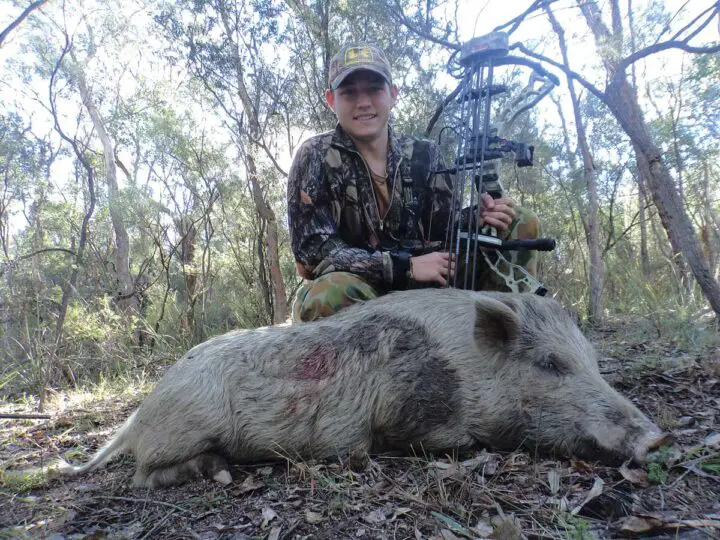
For a first-time hunter, there is no more incredible feeling than bringing down your first eight-point buck. All that practice at the range, squeezing off the correct shot placement, and then actually hitting the mark is undeniably a hunter’s aphrodisiac.
If you don’t have a nearby processer you can get to quickly after you’ve bagged and tagged your first deer, then you will probably need to field-dress your quarry. What this means is that you’ll need to gut the deer and remove the entrails. If you’re a tad squeamish with things like that, you either need to quickly get your deer to a local processor or have someone else help you out.
Avoid the Rut
As the hunting season wears on, the deer will have learned not to come out in the open as much. For the most part, the deer will stay in the protection of the deep brush and woods during the day and only come out at night unless they’re rutting. If you see several bucks meandering across your food plot in broad daylight, they aren’t starving and need some of your soybeans; they are chasing the scent of a doe and so hopped up on hormones they don’t care if you shoot them or not.
Unless you enjoy the gamy taste of deer meat, you may not want to bring down a buck during the rutting season. Yes, there are several recommendations on preparing venison to get the gamy flavor of wild deer meat out, but remember, the pheromones are in the animal’s blood, and the blood is in the flesh. Even if you managed to get your deer before the rutting season, there are still a few things you may want to do to lessen the taste of the wild.
Preparing and Cooking
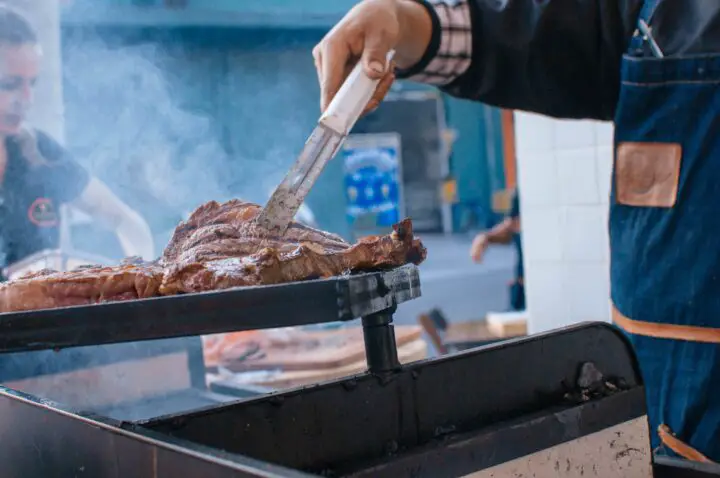
Whether you’re preparing venison steaks or stew, one of the first things you should consider is removing the fat. The fat stores most of the blood, and since deer pheromones are in the fatty tissue, removing the fat will help lessen the wild game taste. Also, consider soaking the meat overnight in either salt and vinegar or a healthy dose of buttermilk.
After giving your venison a good rinsing, you can cook venison steaks just like you do regular beef. When grilling or pan-frying, make sure you have cooked the steaks thoroughly until brown on both sides. For those who prefer their steaks rarer, remember rare venison will have a gamier taste.
Should you decide on a crockpot venison stew, there are hundreds of stew recipes you can find on the internet but be sure to cut the venison steak into small one-inch squares and braise and sear the meat first.
Then add the venison meat, potatoes, carrots, onions, some garlic, and your spices of choice and let it cook for eight hours on low. Once cooked, the venison will be so tender it will practically melt in your mouth.
Who’s hungry?

